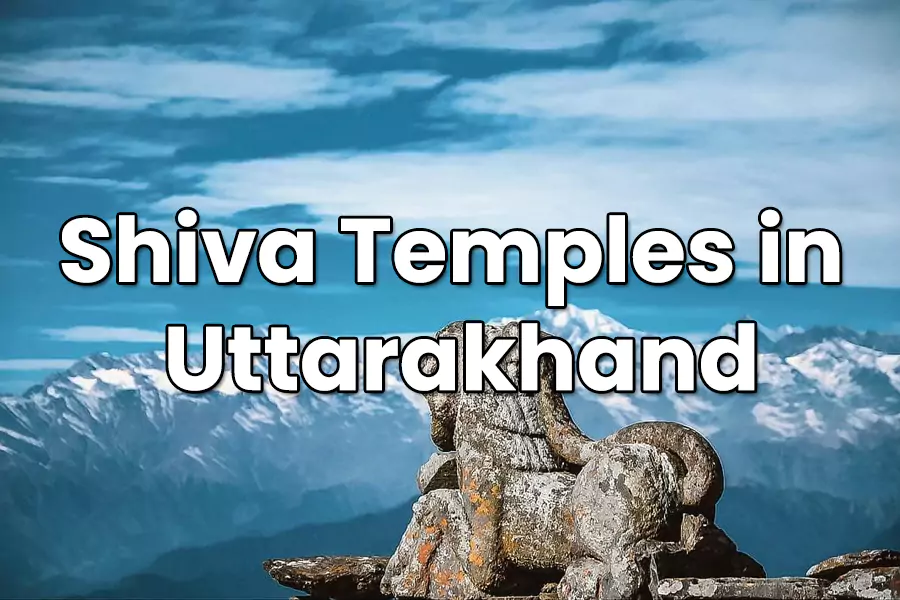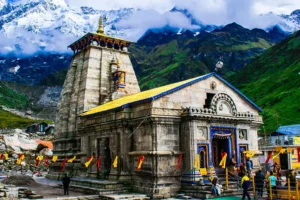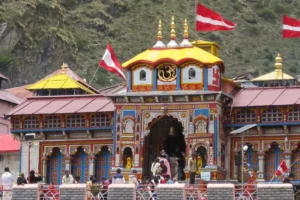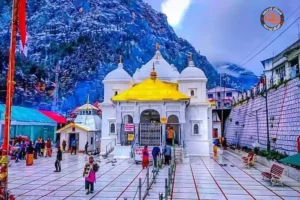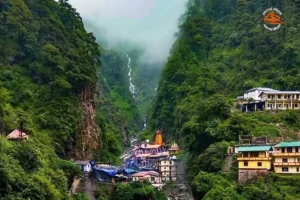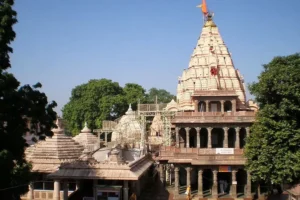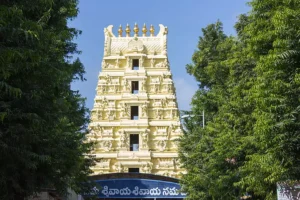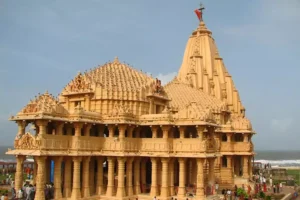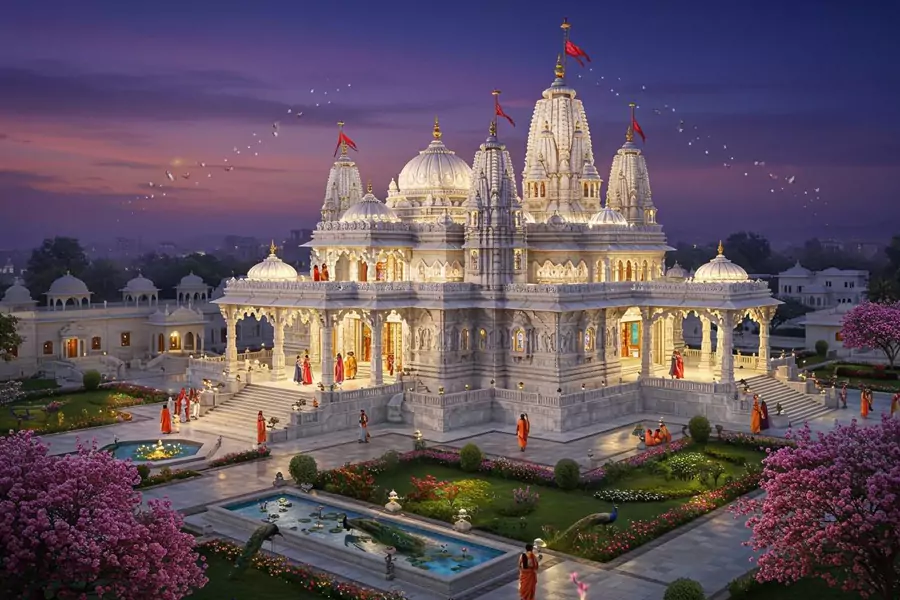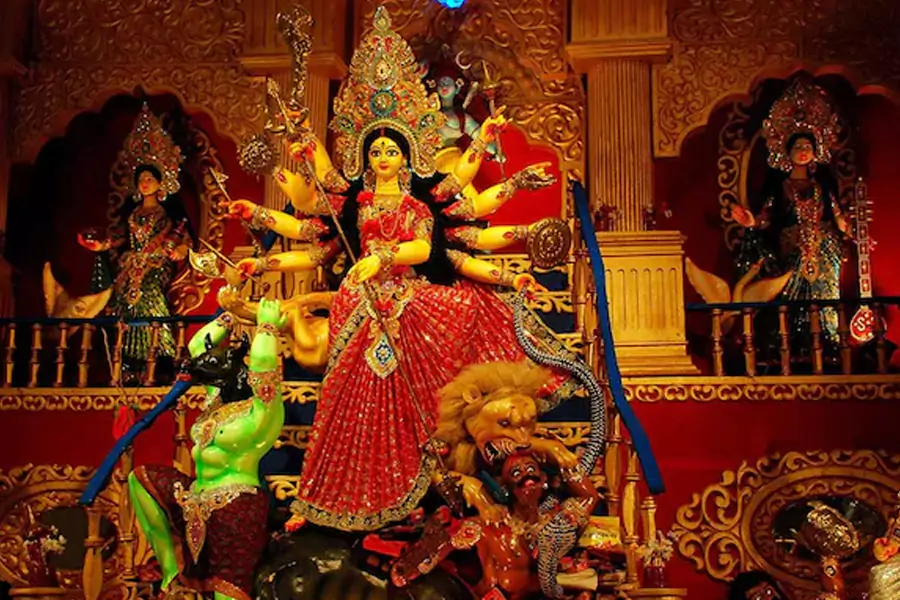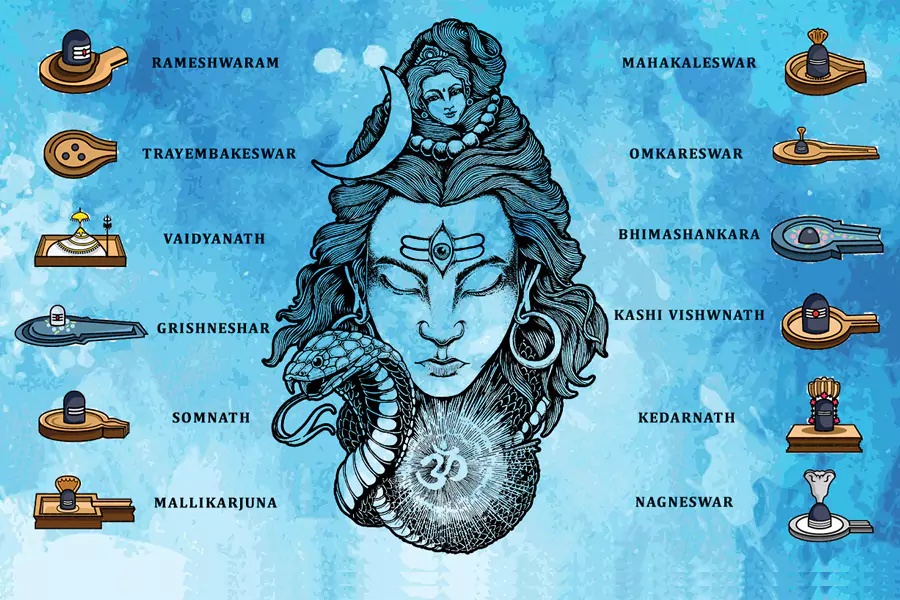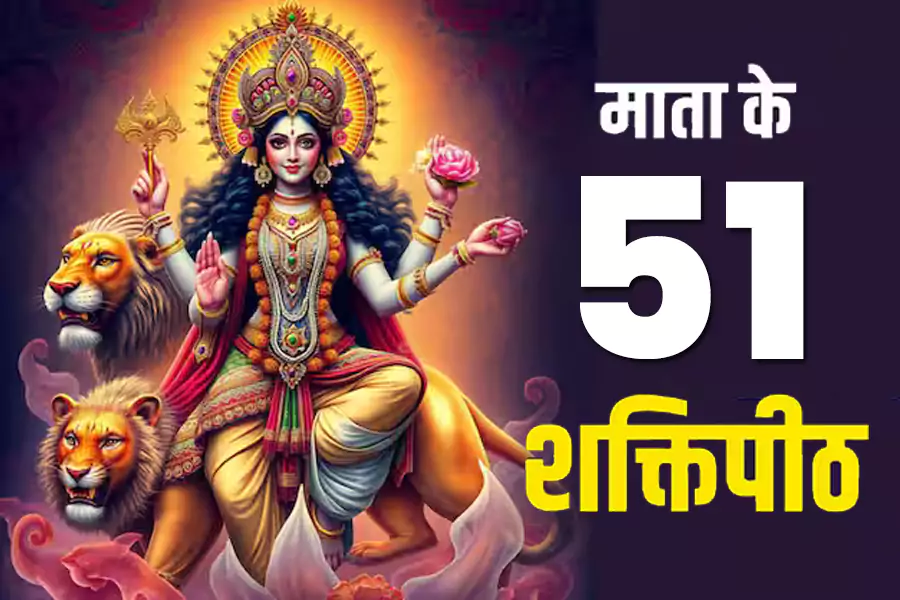Uttarakhand, often called the “Dev Bhoomi” or Land of the Gods, is home to some of the most revered Shiva temples in India. From the famous Kedarnath Temple standing high in the Himalayas to ancient shrines like Jageshwar and Baijnath, each temple reflects deep spiritual significance and architectural beauty. These sacred sites are not only important places of worship but also attract travelers seeking peace, history, and divine blessings. Visiting the Shiva temples in Uttarakhand offers a unique blend of spirituality and breathtaking Himalayan landscapes, making it a journey that touches both the soul and the senses.
If you are on a spiritual journey, exploring Shiva Temples in Bihar can also add to your divine experience, as these temples carry ancient legends and powerful significance.
List of Top 10 Shiva Temples in Uttarakhand
Let’s take a spiritual tour of the most famous and powerful Shiva temples across Uttarakhand.
1- Kedarnath Temple
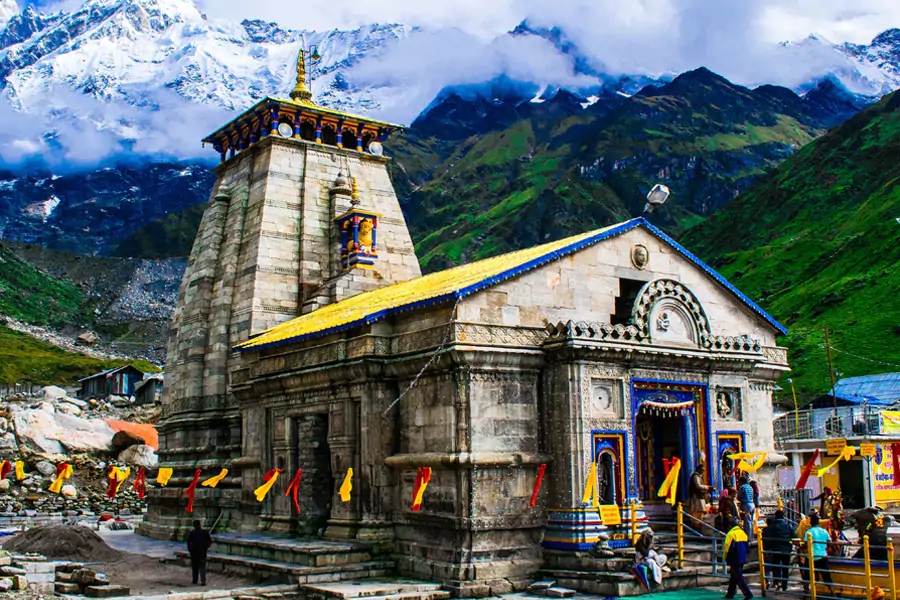
Location: Garhwal Himalayas, near the Mandakini River, Rudraprayag district
Kedarnath Temple is one of the twelve Jyotirlingas and a cornerstone of Shaivite faith. Its stone structure stands against a dramatic canvas of peaks and glaciers. Adi Shankaracharya is credited with reviving the shrine over a thousand years ago. The approach to the temple is a memorable trek through high-altitude scenery and crisp mountain air.
Religious Significance: Tradition links the shrine to the Pandavas, who sought Lord Shiva’s grace after the Kurukshetra war. The sanctum houses a naturally formed Shiva Lingam revered by devotees worldwide.
Why You Should Visit:
- Offer prayers at one of the holiest Jyotirlingas
- Experience soulful aartis in a Himalayan setting
- Walk scenic trails that heighten devotion
- Absorb silence and grandeur among icy summits
Best Time to Visit: May–June and September–October (open only in the yatra season)
Temple Timings: 4 AM–12 PM, 5 PM–9 PM (seasonal schedule)
2- Baijnath Temple
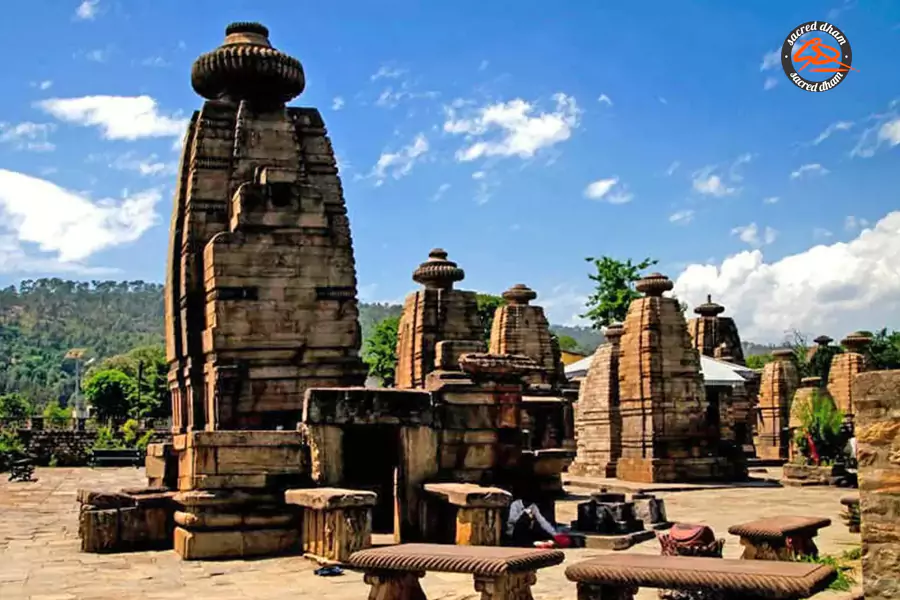
Location: Bageshwar district, on the banks of the Gomti River (Kumaon)
Built by the Katyuri kings in the 12th century, Baijnath Temple is known for its elegant stone architecture and a tranquil riverside setting. The complex includes multiple shrines, each reflecting skilled craftsmanship and timeless devotion.
Religious Significance: The main shrine is dedicated to Vaidyanath, Shiva as the Divine Healer. Carvings across the complex narrate sacred themes and local history.
Why You Should Visit:
- Admire exquisite medieval stonework and idols
- Explore a peaceful complex of 18 shrines
- Enjoy calm views along the Gomti River
- Reflect in a quiet Kumaoni ambiance
Best Time to Visit: October–June
Temple Timings: 7 AM–7 PM
3- Rudranath Temple
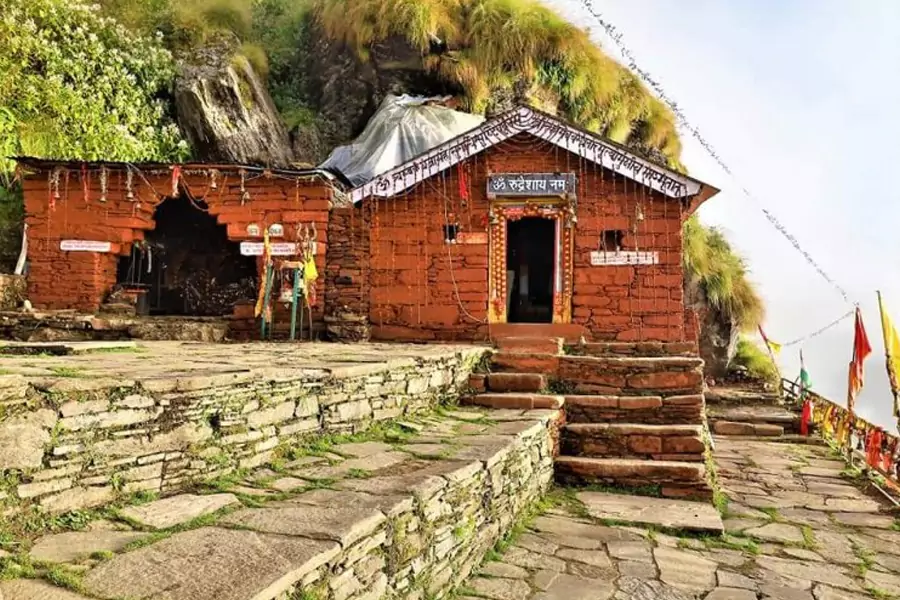
Location: Garhwal Himalayas, amid alpine meadows and forests (Chamoli)
Rudranath is one of the Panch Kedar shrines and lies in a pristine highland valley. Meadows, forests, and far vistas turn the journey into a meditative walk. The temple’s remote setting adds to its aura of purity.
Religious Significance: Here, Lord Shiva is worshipped as a natural rock face (mukha). Devotees believe the site supports inner cleansing and steady focus.
Why You Should Visit:
- Trek through untouched high-country landscapes
- Witness sweeping Himalayan views en route
- Experience a deep sense of quiet and clarity
- Offer prayers at a rare natural manifestation
Best Time to Visit: May–October
Temple Timings: 6 AM–7 PM
4- Tungnath Temple

Location: Chopta, Rudraprayag district; elevation ~3,680 m
Tungnath is the highest Shiva temple in the world and an essential stop on the Panch Kedar route. The modest Nagara-style shrine radiates strength. Surrounding meadows and rhododendron forests make the approach both scenic and soothing.
Religious Significance: Tradition holds that Shiva’s arms are venerated here. The site is closely connected to the Pandavas’ plea for forgiveness.
Why You Should Visit:
- Gaze at ranges like Chaukhamba and Nanda Devi
- Walk gentle meadows rich with alpine flowers
- Continue to Chandrashila for a sunrise panorama
- Pray at the world’s highest Shiva shrine
Best Time to Visit: April–November
Temple Timings: 6 AM–7 PM
5- Madhyamaheshwar Temple
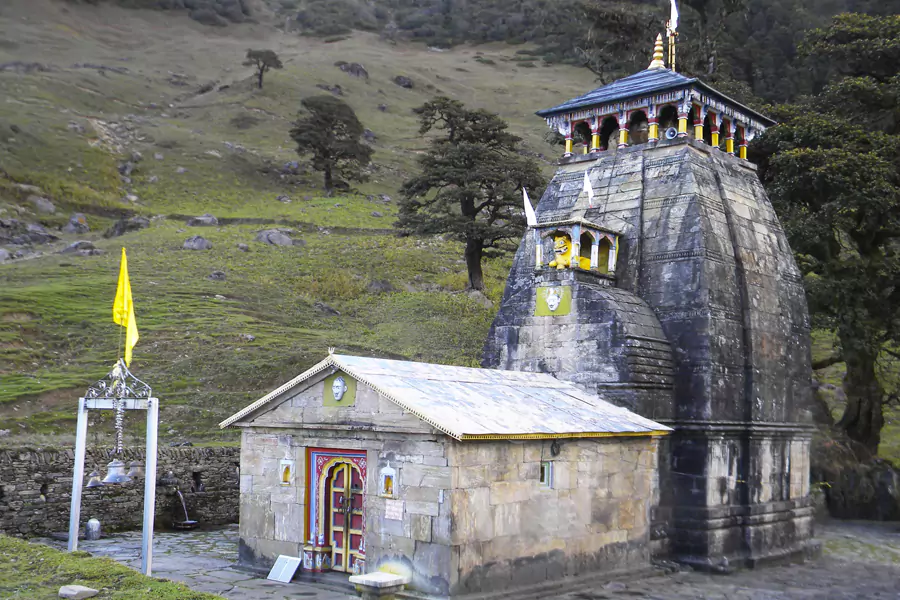
Location: Rudraprayag district; altitude ~3,289 m
Madhyamaheshwar sits in a quiet valley surrounded by snowy summits and terraced meadows. The traditional stone shrine carries an old-world charm. Streams, hamlets, and pastures enrich the path to the temple.
Religious Significance: The deity represents Lord Shiva’s navel. Prayers offered here are believed to bring balance and vitality to life.
Why You Should Visit:
- Follow a scenic trail through meadows and brooks
- Find a calm, less-crowded sacred space
- Admire classic Himalayan stonework
- Meditate in soothing mountain silence
Best Time to Visit: May–October
Temple Timings: 6 AM–7 PM
6- Kalpeshwar Temple
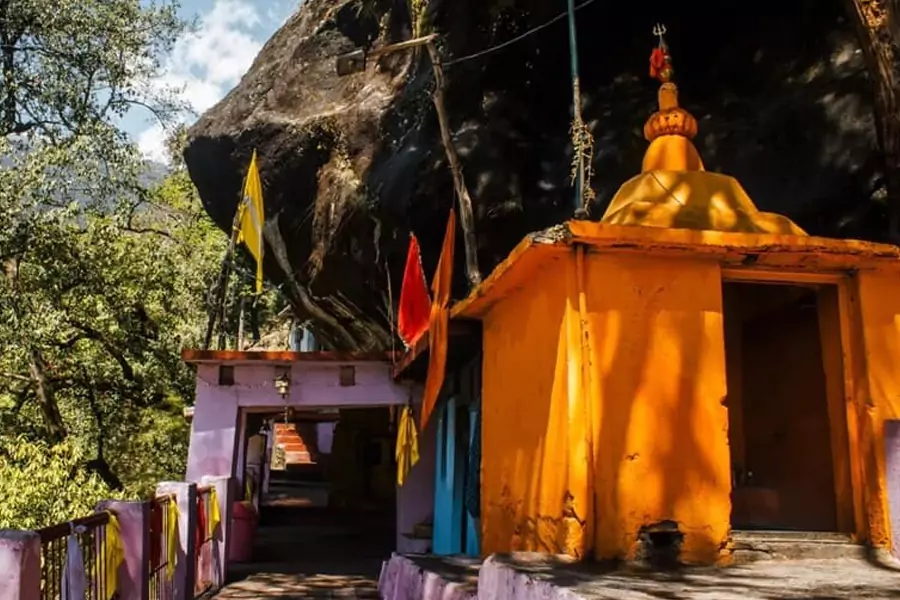
Location: Urgam Valley, Chamoli district
Kalpeshwar is a cave shrine and the final temple of the Panch Kedar circuit. Unlike the others, it remains accessible throughout the year. Forested slopes and quiet trails frame the approach.
Religious Significance: The Lingam here symbolizes Shiva’s jata (matted hair). Local lore says the Lord meditated in this cave.
Why You Should Visit:
- Offer prayers in a naturally formed cave sanctum
- Enjoy serene woodland paths and valley views
- Find undisturbed time for reflection
- Witness a unique form of Shiva’s presence
Best Time to Visit: Year-round; April–June and September–November are ideal
Temple Timings: 6 AM–8 PM
7- Lateshwar Mandir
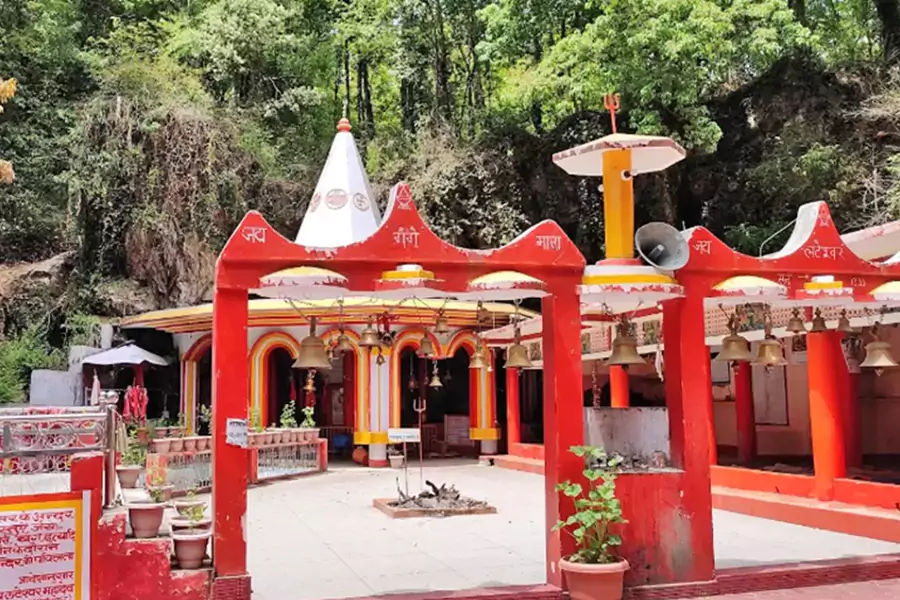
Location: Lateshwar Mahadev Mandir, Uttarakhand
Lateshwar Mahadev Mandir is a revered Shiva temple surrounded by scenic Himalayan beauty. Known for its peaceful ambiance, the shrine holds deep cultural and spiritual importance for devotees of Lord Shiva.
Religious Significance: It is believed that Lord Shiva blesses devotees here with peace, good health, and spiritual strength. Many visit the temple during Shivratri to seek divine grace.
Why You Should Visit:
- Experience the divine aura of Lord Shiva in a serene Himalayan setting
- Take part in spiritual rituals and prayers
- Witness natural beauty around the temple
- Perfect place for meditation and inner reflection
Best Time to Visit: March–June and September–November
Temple Timings: 6 AM–7 PM
8- Neelkanth Mahadev Temple

Location: Near Rishikesh, amid dense forested hills
Neelkanth Mahadev is a beloved shrine tied to the Samudra Manthan episode, where Lord Shiva contained the cosmic poison. The route to the temple passes through greenery and bird calls, adding to the calm.
Religious Significance: The temple honors Shiva’s blue-throated form, a symbol of sacrifice and protection for the world.
Why You Should Visit:
- Walk a scenic trail rich in flora and fauna
- Join the vibrant Maha Shivaratri celebrations
- Admire views toward the Neelkanth peak
- Soak in Rishikesh’s spiritual atmosphere
Best Time to Visit: October–March
Temple Timings: 5 AM–6 PM
9- Koteshwar Mahadev Temple
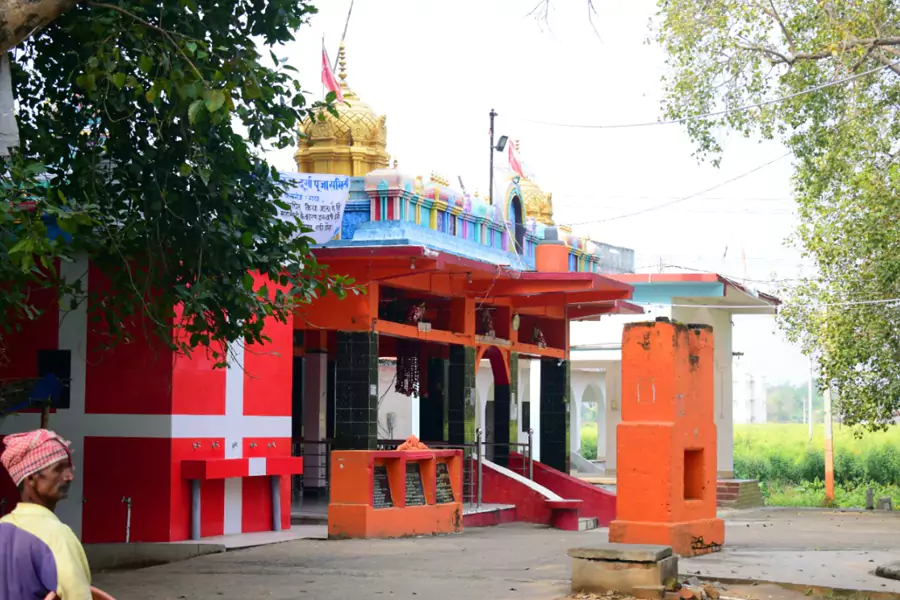
Location: On the banks of the Alaknanda River, near Rudraprayag
Koteshwar Mahadev is a cave shrine linked with Lord Shiva’s journey toward Kedarnath. The cave’s natural contours and the river’s sound create a reflective mood.
Religious Significance: The Shiva Lingam is regarded as self-manifested, which adds to the sanctity of this riverside temple.
Why You Should Visit:
- Experience a mystical cave sanctum by a swift river
- Enjoy a short approach with scenic pauses
- Pray in a quiet, contemplative atmosphere
- Savor a strong blend of nature and devotion
Best Time to Visit: October–March
Temple Timings: 6 AM–7 PM
10- Triyuginarayan Temple
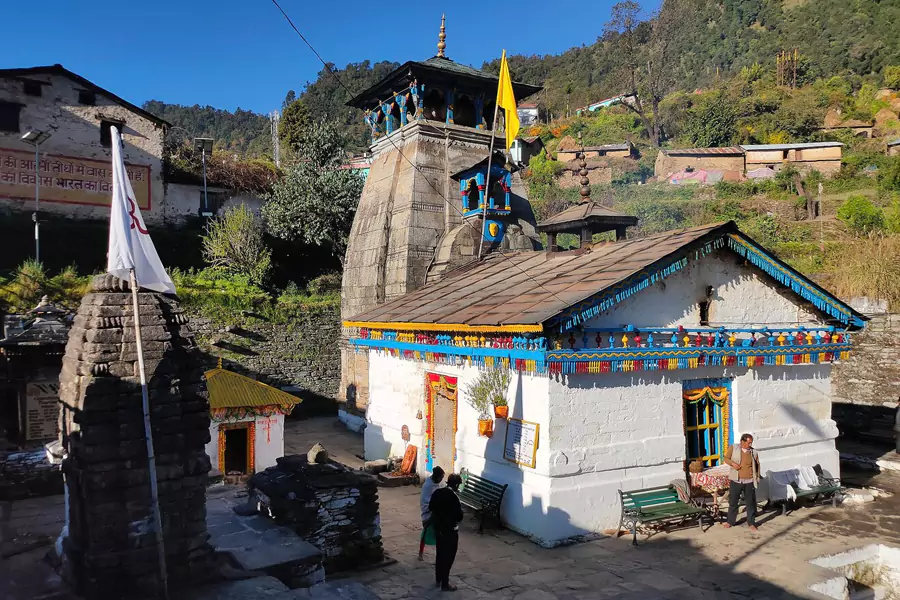
Location: Near Kedarnath, Rudraprayag district
Triyuginarayan is revered as the divine wedding site of Lord Shiva and Goddess Parvati. The sacred flame at the courtyard is said to have witnessed their celestial union and is kept burning with care.
Religious Significance: Couples visit to seek blessings for harmony and lasting love. The site blends mythology with mountain calm.
Why You Should Visit:
- Witness the continuously burning agni kund
- Pray for a blissful married life
- Stroll through charming villages and ridgelines
- Enjoy stories of faith set in nature
Best Time to Visit: April–November
Temple Timings: 7 AM–7 PM
Conclusion
In conclusion, The Shiva temples in Uttarakhand stand as timeless symbols of faith, history, and Himalayan culture. Whether it is the mighty Kedarnath or the peaceful Jageshwar group of temples, each shrine leaves a lasting spiritual impression. A visit to these sacred places is not only about religious devotion but also about experiencing the serenity of nature and ancient traditions. If you are planning a spiritual journey, exploring the Shiva temples in Uttarakhand will surely connect you with divinity and provide an unforgettable experience.
If temple clusters fascinate you, don’t miss reading about the ancient Shiva temples in Nepal, where art, devotion, and history blend beautifully.


